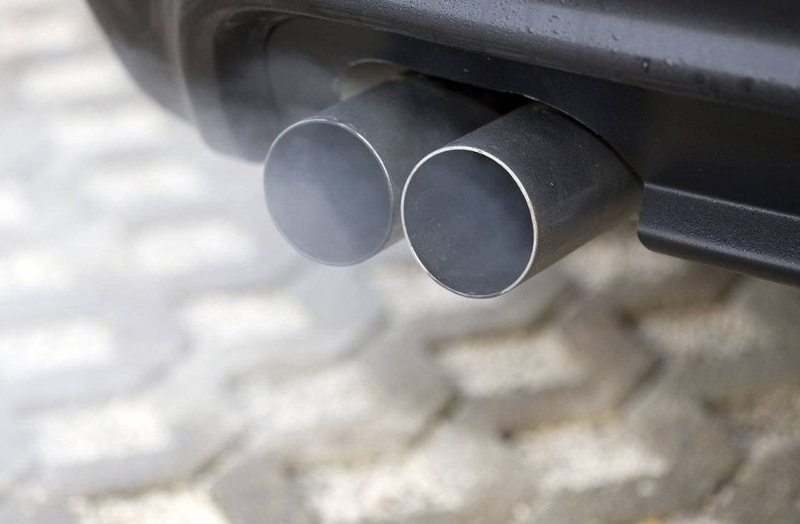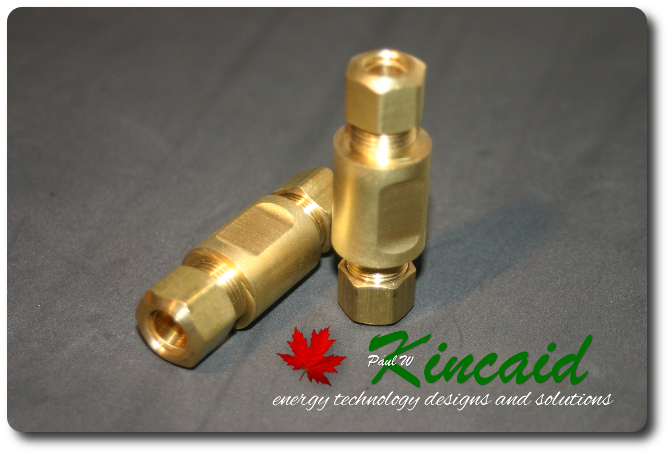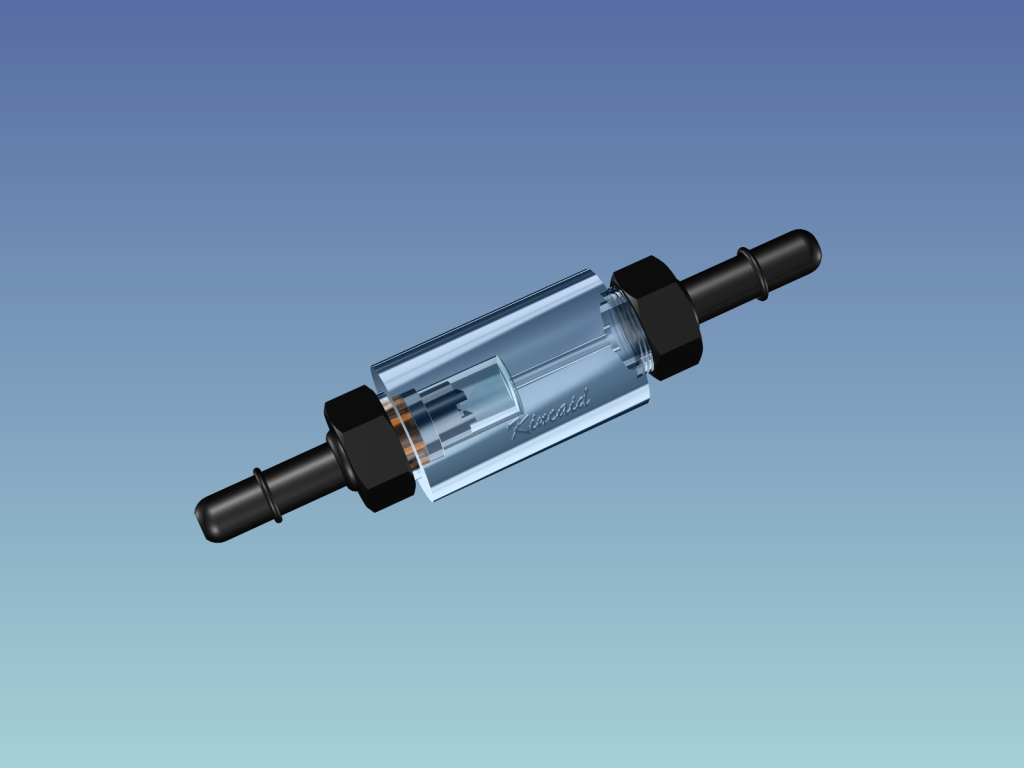
The US, UK, and Canadian governments are solely responsible for the increase in CO2 emissions since the 1990s. The US, UK and Canadian governments forced all automakers to equip all new vehicles with an ECM to keep the fuel efficiency of all vehicles low to guarantee a greater demand for fuel & therefore higher tax revenue for the US, UK and Canadian governments.
The increase in CO2 emissions since the 1990s are the direct result of an automobile’s ECM (engine control module), also commonly called an engine control unit (ECU) or Powertrain Control Module (PCM). An automotive computer that was developed and mandated by the US, UK and Canadian governments (the Crown in Canada) to control (regulate) a vehicle’s emissions system. The primary function of the ECM is to regulate the vehicle’s air/fuel mixture. To maintain a factory set air to fuel mixture ratio so that the vehicle fuel consumption is preset to a low fuel efficiency standards that directly results in higher CO2 emissions.
In the 1990s the US, UK and the Crown (foreign corporation sole entity) controlled Canadian governments forced automakers to equip all new vehicles with an ECM to control the fuel efficiency of all vehicles by setting the air/fuel mixture ratio to a constant 14.7:1. The US (District of Columbia), Canadian (the Crown in Canada), and UK (City of London Corporation) governments all made it mandatory for all vehicles operating on US, UK and Canadian roads to be equipped with an ECM so that they can control the fuel efficiency of every vehicle driven today.
Governments sold this electronic control system to the public as an emission control system. Governments said it would control the air fuel mixture ratio to lower carbon emissions. In reality the ECM was made mandatory to guarantee a greater demand for fuel and therefore an increase in tax revenue for the governments. That means, for decades we have been forced to buy vehicles that are very fuel inefficient and as a direct result of government regulations unnecessarily emit more CO2 emissions.
Today we are being forced to pay the governments a carbon tax for something the governments caused.
A carbon tax will do nothing to lower CO2 emissions. Carbon tax has one purpose. A renewable source of revenue for the governments. Germany was the first to impose a carbon tax in order to obtain funding to bankroll its Fourth Reich EU.
There are several very cheap and viable solutions that would instantaneously lower CO2 emissions.
Simply by changing the factory set air fuel mixture ratio gasoline and diesel automakers can make their gas combustion vehicles more fuel efficient and lower CO2 emissions at the same time. Simply by increasing the air fuel mixtures to 17:1 or higher will automatically achieve much higher fuel mileage and at the same time lower CO2 emissions. How? A higher air fuel mixture ratio fuel burns much cleaner than the government mandated 14.7 : 1 air fuel mixture ratio and has a higher octane value. A leaner running engine (ie, an engine using more air than fuel) has a cooler combustion process than the typical ECM engine with a preset (never deviating) mixture of 14.7 air to 1 fuel. Running leaner is also better for the engines. Cooler running engines means a reduction in heat damage and failure.
“Gasoline in the liquid form does not even burn, much less, explode. Only the vapor that comes from the gasoline will burn. Therefore, to mix raw gasoline with air, and attempt to explode it in an internal combustion engine is a very wasteful, costly, and polluting practice. It also shortens the life of the engine and exhaust system.” Popular Science, December 1957
Another method that can be adopted by gasoline and diesel fuel automakers to lower CO2 emissions is to install a CO2 emission reducing device like the FuelReducer mpg+ on their vehicles. From 2006 to 2010 the FuelReducer mpg+ helped hundreds of people in the U.S. and Canada do just that – reduce CO2 emissions. It already has a proven track record.

The first FuelReducer mpg + was first manufactured and sold back in 2006. From 2006 to 2010 customers from across Canada and the U.S. reported an increase in fuel mileage and/or performance plus a reduction in carbon emissions. FuelReducer mpg + customers included the general public, car buffs, auto mechanics, a police department in Illinois, a plumbing service company in New Brunswick, a vintage Corvette club in the United States, after market and performance auto parts distributors in New Brunswick and throughout Southern Ontario and used car dealerships in Canada and the U.S.
The only reason why I, Paul W Kincaid (designed, developed and marketed the FuelReducer mpg + from 2006 to 2010) stopped selling the FuelReducer mpg+ is I didn’t have any more funds to manufacture more.

I left Toronto, Ontario in 2010 to take care of my ailing mother in Sussex, New Brunswick. Because I didn’t get paid for it and I couldn’t get employment in Sussex I didn’t have money to manufacture a revised version of the FuelReducer mpg+ (image above) that would fit on a vehicle’s plastic fuel lines.
